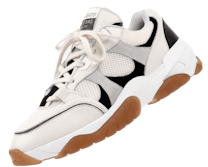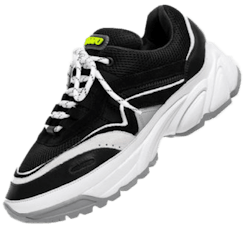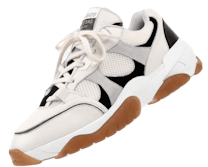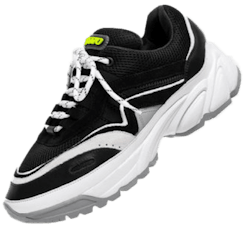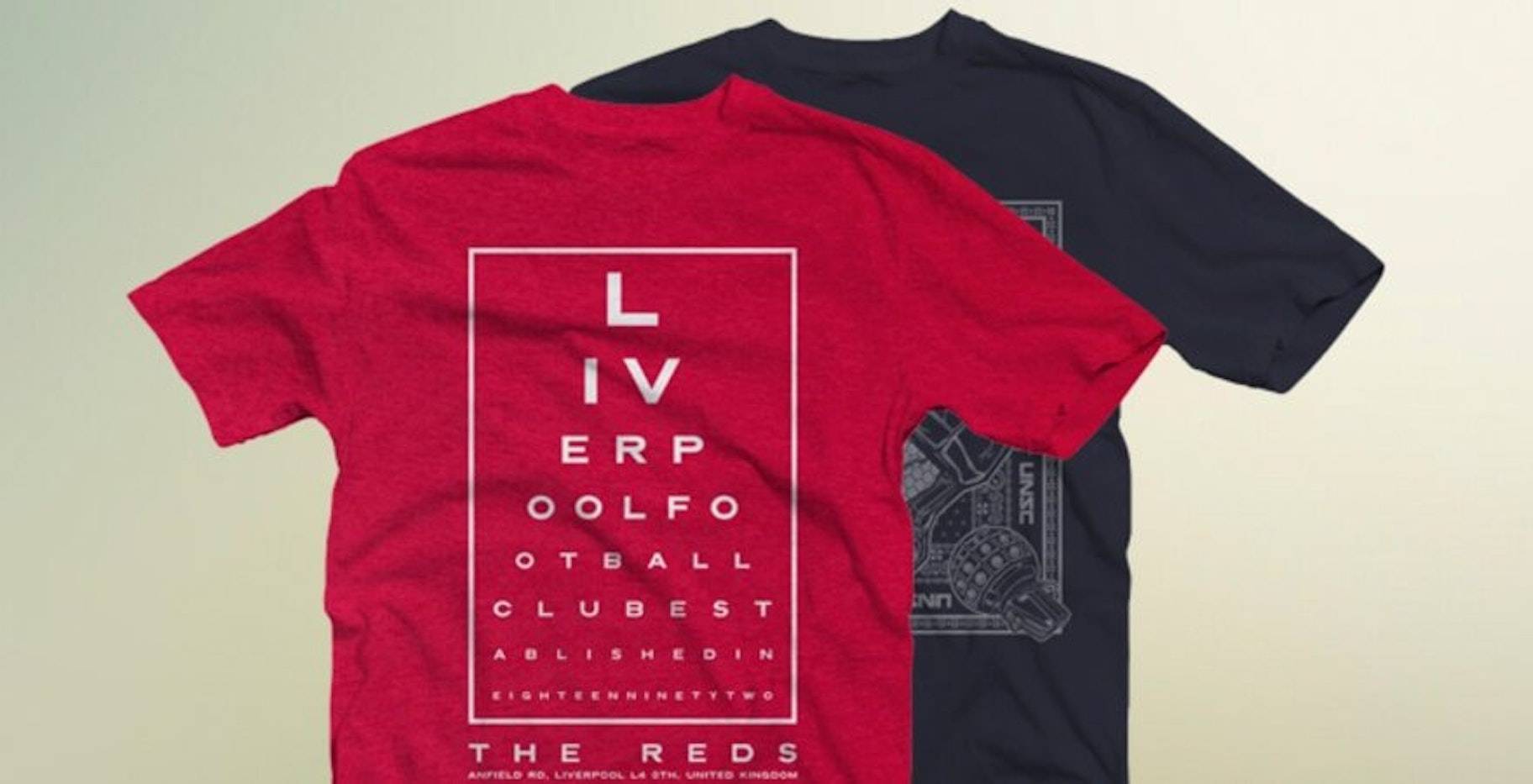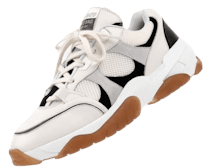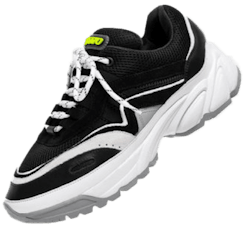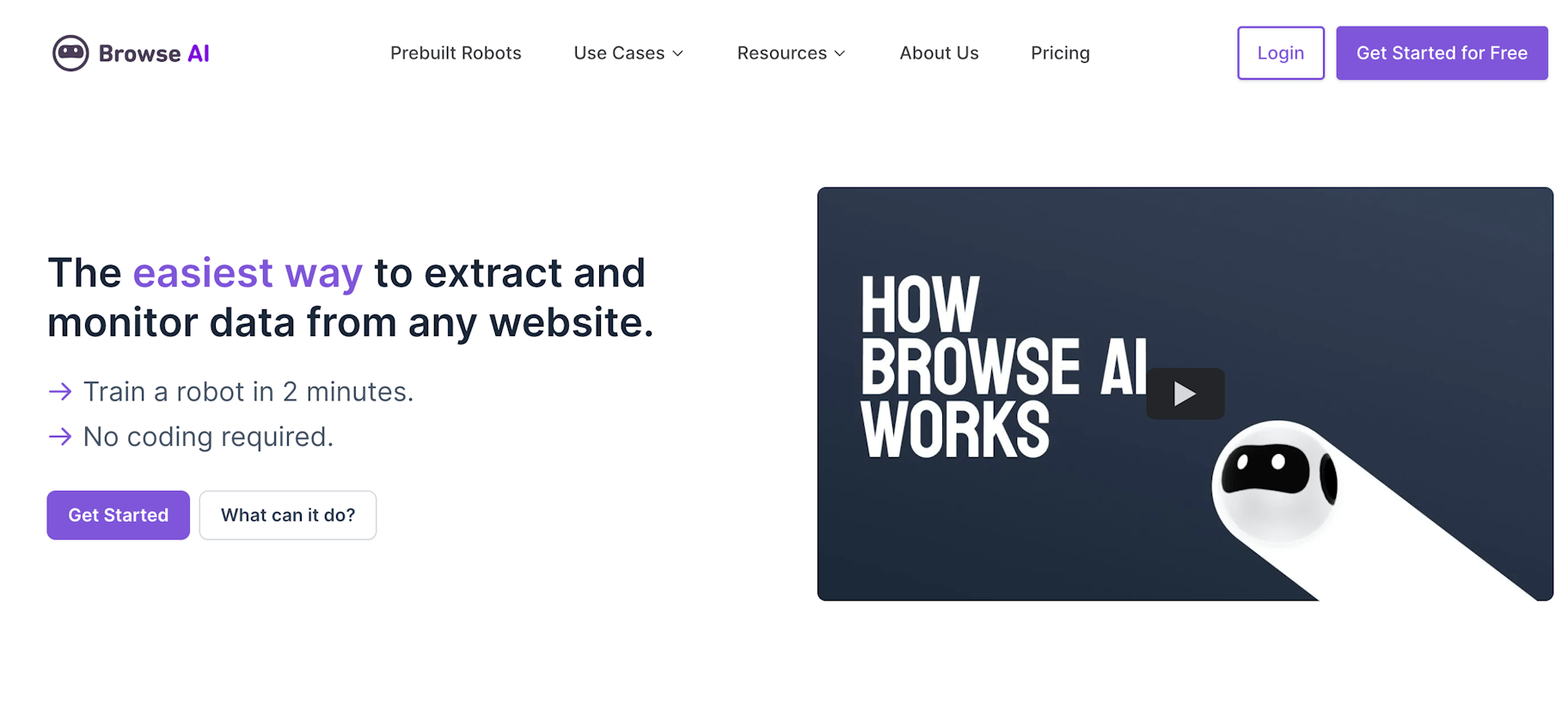The Power of Your Brain Trust
Historically, I would spend hours preparing to moderate roundtable discussions with diverse groups of senior executives. I would present emerging trends, new research, best practices, and lots of provocative questions meant to elicit personal reflection and engagement within the forum community. I mistakenly believed my role was to be the primary educator and inspiration of the gathering, but quickly realized that the participants contributed a collective insight that was far more valuable than any personal contribution.
This is the power of your brain trust. Some of the wisest leaders I know are experts at harnessing the whole room. They thoughtfully create a brain trust of advisors to test ideas prior to finalizing their thinking. The smartest person in the room – is always the room.

In the last twenty years, only two of Pixar’s twenty films have flopped. They have created some of the most successful, innovative, and commercially relevant films of the last two decades (Toy Story, Monsters, Inc., Finding Nemo, The Incredibles, Up, Brave, and WALL-E). How have they done it? Co-founder of Pixar Animation, Ed Catmull, says it’s simple: the brain trust.
In his bestseller, Creativity Inc., Catmull says, “For all the care you put into artistry, …


